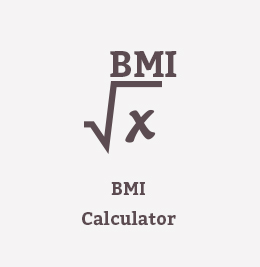The American Academy of Pediatrics recommends that young people, between 11 to 21, be seen annually by their pediatricians.
It could include a physical examination, screening for vision and hearing and laboratory tests (such as blood work or a urinalysis). The pediatrician will decide what needs to be done at each annual visit depending on what has been happening in your teen’s life and what tests have been done in the past.
History
The pediatrician will take the time to speak with your teen alone. This is an important part of establishing a trusting relationship, where potential risk factors such as loneliness or poor choices may often be identified.
Physical Exam
After the pediatrician has reviewed your teenager’s medical history, a full-screening physical examination will most likely include the following:
- Height and weight measurement
- Blood pressure and pulse
- Discussion of important health and safety issues such as sexuality and the prevention of sexually transmitted diseases, the dangers of experimenting with alcohol and other drugs, dietary and exercise habits, and driving safety. A vision test might also be included.
- Feeling the neck for swollen lymph nodes or an enlarged thyroid gland
- Feeling the abdomen to feel for any problems with the spleen, liver and kidneys
- Placing a stethoscope to your teen's chest and back, an assessment of respiration and checking for any abnormal sounds from the heart
- Checking for abnormality of the spine, (including scoliosis) which may warrant X-rays. Adolescents are prime candidates for developing progressive curvature of the spine, such as scoliosis.
- Testing joint flexibility and muscle strength
- Palpitation of the breasts (both girls and boys)
- The pediatrician may conduct a full-body skin inspection, checking for acne and suspicious moles.
- Pediatricians often inspect the genitals last, knowing that this is the part of the exam that many teenagers, self-conscious about their bodies, dread the most.
Immunizations and Laboratory Screening Tests
One in five adolescents and young adults are not adequately immunized against preventable diseases such as measles and mumps. If you don’t have a pediatrician, call your local health department. Public health clinics may provide immunizations at reduced cost. There are important immunizations that need to be updated or initiated including (but not limited to) boosters against Tetanus, Pertussis, and Meningococcal Meningitis.
Breast Exam
In examining the breast, the pediatrician looks for lumps and other abnormalities, such as signs of infection. The pediatrician also uses this opportunity to instruct the patient how to examine her own breasts. Periodic breast self-exam (BSE) is often recommended for young women.
Pelvic Exam
This is not part of the routine pediatric exam, but may be necessary depending on factors identified in the history.
Testicular Exam
As part of a teenage boy’s annual physical, the pediatrician can examine the teen’s testicles for cancer and for hernia, according to the American Academy of Pediatrics. In a hernia, part of the intestine protrudes downward until eventually it descends into the scrotum. Some hernias cause a bulge that the doctor can feel. The condition is corrected with surgery.
As the physician palpates each testicle for possible tumors, he typically will explain to his patient the importance of practicing testicular self-examination (TSE) on a monthly basis. Testicular cancer, while rare in teenagers (approximately thirty cases a year), is the leading malignancy among young males aged fifteen to thirty-nine. It is also one of the most curable of all cancers.
Preparing your teen before the checkup is important – emphasize the importance of being proactive in looking after our health. This is a step towards responsible behavior and sets a good pattern for adulthood.
For more information visit: www.healthychildren.org - available in English and Spanish








